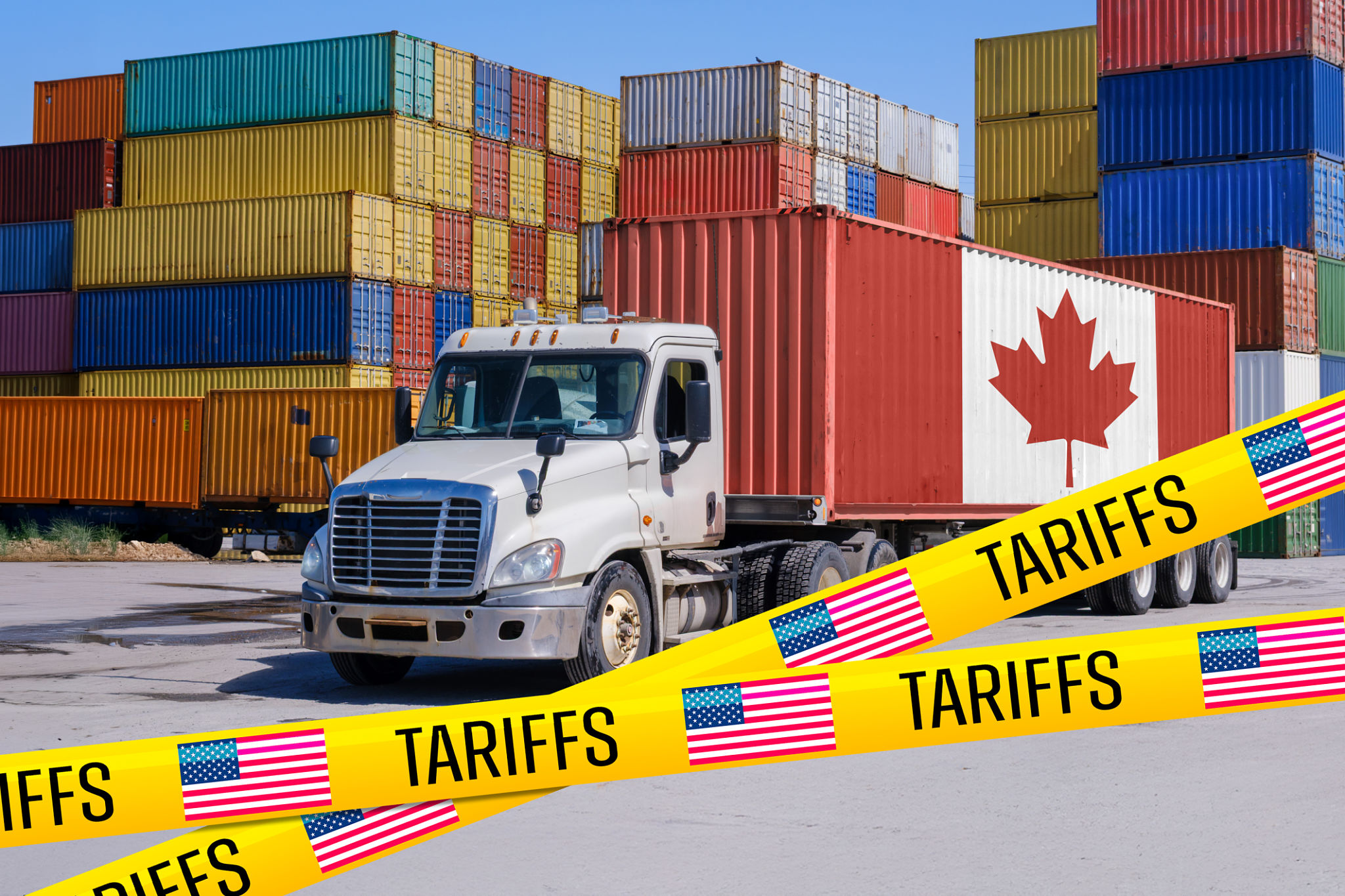Understanding U.S. Trucking Regulations: What You Need to Know
Introduction to U.S. Trucking Regulations
The United States has a complex framework of trucking regulations designed to ensure safety, efficiency, and environmental responsibility within the industry. These regulations are crucial for maintaining order on the roads and protecting all road users. Understanding these rules is essential for anyone involved in the trucking industry, from drivers to fleet managers.

The Role of the Federal Motor Carrier Safety Administration (FMCSA)
At the heart of U.S. trucking regulations is the Federal Motor Carrier Safety Administration (FMCSA), an agency within the Department of Transportation. The FMCSA is responsible for regulating the trucking industry and ensuring compliance with safety standards. Key areas of focus include driver qualifications, vehicle maintenance, and operational practices.
To comply with FMCSA regulations, trucking companies must adhere to specific guidelines regarding driver hours of service, vehicle inspections, and safety protocols. Failure to comply can result in steep fines and legal consequences.
Hours of Service Regulations
One of the most critical aspects of trucking regulations is the Hours of Service (HOS) rules. These regulations are designed to prevent driver fatigue, which is a leading cause of accidents on the road. The HOS rules limit the number of hours a driver can be on duty and dictate mandatory rest periods.

Environmental Regulations and Emissions Standards
Trucking companies must also comply with environmental regulations aimed at reducing emissions and minimizing the industry's carbon footprint. The Environmental Protection Agency (EPA) sets emissions standards for trucks to control pollutants such as nitrogen oxides and particulate matter.
Staying compliant with these standards involves regular vehicle maintenance and potentially upgrading older vehicles with new technologies that reduce emissions. Companies that prioritize environmental compliance can benefit from incentives and a positive public image.
Vehicle Maintenance and Safety Standards
Ensuring that vehicles are well-maintained is crucial for both safety and regulatory compliance. The FMCSA mandates regular inspections, maintenance, and repairs to ensure that all commercial vehicles are roadworthy. This includes checking brakes, tires, lights, and other critical components.

Driver Qualifications and Training
The qualifications and training of truck drivers are pivotal in maintaining safety standards. Drivers must possess a valid Commercial Driver's License (CDL) and undergo regular training to stay updated on best practices and regulatory changes. Companies often invest in ongoing training programs to ensure their drivers are prepared for any situation.
The FMCSA also requires drivers to meet specific health standards, including regular medical examinations to certify their ability to operate commercial vehicles safely.
Compliance Reviews and Safety Audits
The FMCSA conducts compliance reviews and safety audits to ensure that trucking companies adhere to all regulations. These reviews assess various aspects of operations, including driver records, vehicle maintenance logs, and safety practices.
Companies that consistently demonstrate compliance may enjoy certain benefits, such as reduced insurance premiums and eligibility for preferred contracts.
Conclusion
Understanding U.S. trucking regulations is crucial for anyone involved in the industry. By staying informed and compliant, trucking companies can enhance safety, reduce environmental impact, and improve operational efficiency. Regular updates from regulatory bodies like the FMCSA help ensure that industry players are equipped to navigate the evolving landscape of trucking regulations.